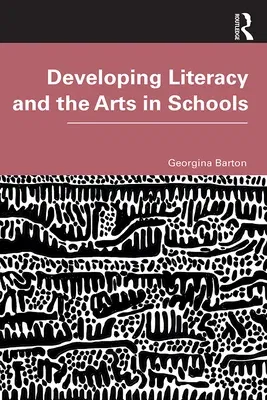The teaching of the arts and literacy in schools is often at odds with
one another. The desire for schools to improve results on high-stakes
testing can lead to a narrow view of literacy rather than one that
acknowledges the unique and distinct literacies that exist in other
curriculum areas including the arts. With methods of communication
becoming increasingly complex, it will be more and more important for
students to be able to utilise all semiotic modes.
Developing Literacy and the Arts in Schools investigates this key issue
in education and offers a solution to the negative relationship between
the arts and literacy. Drawing on interview data and evidence from
diverse classrooms, it explores the pedagogies of effective arts
practitioners and teachers, and how they relate to theoretical
frameworks, to unpack the key elements of effective practice related to
literacy and the arts. A model of arts-literacies is provided to assist
arts and literacy educators in developing a common language that
acknowledges and values these distinct arts-literacies. Themes of
multimodality, diversity, aesthetics and reflection in relation to the
arts and literacy are foregrounded throughout.
This book will be of great value to postgraduate students of Education
specialising in arts and literacy, education academics, teacher
educators, and classroom and preservice teachers.

